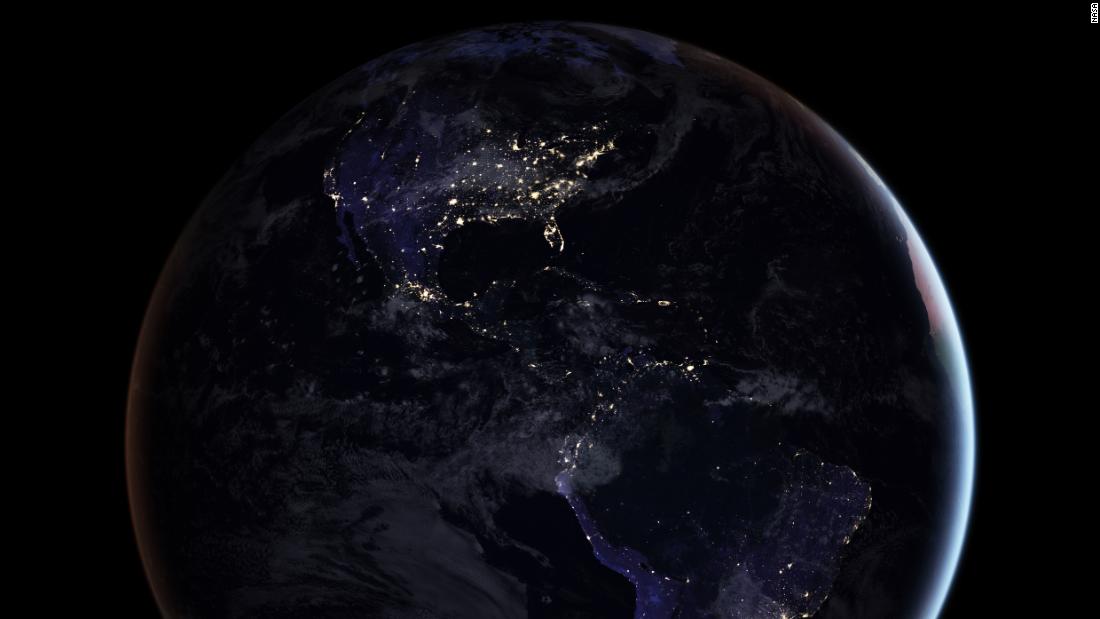“In our research on life in the universe, we ask a slightly different question in this paper,” said Lisa Kaltenegger, associate professor of astronomy at Cornell University’s College of Arts and Sciences and director of the Carl Sagan Institute at Cornell University. Video shared by the Foundation.
“We ask, Who could have really discovered us? Who could have discovered that the Earth is teeming with life from their point of view?”
Kaltenegger and Joshua Bieber, an assistant professor of physics at Lehigh University, have identified more than a thousand sun-like stars that may have Earth-like planets orbiting some distance from those stars where they can support liquid water on their surfaces. This distance is referred to by astronomers as the habitable zone.
To be clear, no such planets have ever been discovered or confirmed about these stars.
And these potential planets, all located 300 light-years away from Earth, could have a direct view of Earth and the life thriving on it.
“It takes a specific location to be able to see the Earth moving in front of its star, the sun. And then once a year, if you see the Earth advancing in front of the sun from your point of view, then the sun will only be slightly less bright,” Kaltenegger said.
And so you would know that a planet is orbiting around it. And you would also know that it is at an appropriate distance so that it can contain liquid water, which is one of the main components of life.
“So we pinpointed the nearest thousand stars within 300 light-years, roughly, that could have already observed us. Maybe there is life out there in the universe. They might have already observed us. What do they think?”
If life exists outside Earth and we have it on the horizon, they can use the sunlight as the Earth passes in front of it to look at our atmosphere and understand more about our planet.
“Pale Blue Dot” is the name of an iconic image suggested by Cornell astronomer Carl Sagan that NASA’s Voyager 1 probe takes Earth from 3.7 billion miles away as the probe moves to the edge of the solar system. Photo taken February 14, 1990.
Searching for life
Observing the passage of a planet in front of its host star is called transits, and it is one of the main methods that astronomers use to detect exoplanets using terrestrial and space telescopes.
When NASA’s James Webb Space Telescope is launched next year, it will be used to delve into exoplanet atmospheres using this method, and astronomers can use this data to help characterize exoplanet atmospheres.
NASA’s mission to search for exoplanets (TESS), which has been monitoring the brightest nearby stars since its launch in 2018, will begin a new phase of its mission in 2021. The mission will search for exoplanets in the ecliptic, which is the plane of the Earth’s orbit around the sun. TESS will essentially flip sideways to see more sky.
The list of stars compiled by the researchers, which was generated from the TESS Star Catalog, can be used as search targets for transiting exoplanets.
Eclipses are also basically the location where they can find exoplanets that see Earth on the horizon because from their vantage point, they can see the Earth transiting in front of the sun.
“Only a very small part of the exoplanets will randomly coincide with our line of sight so that we can see them transits,” Bieber said.
The researchers write that the star systems that could have seen Earth when life on our planet first began are different from those that can see signs of life on our planet now – in addition to the star systems that can see Earth in the future. In their paper.
“If we find a planet with a vibrant biosphere, we will be curious to see if someone is looking at us as well or not,” Kaltenegger said. “If we are looking for intelligent life in the universe, it can find us and you may want to contact us, we have just created a star map where we should look first.”












































